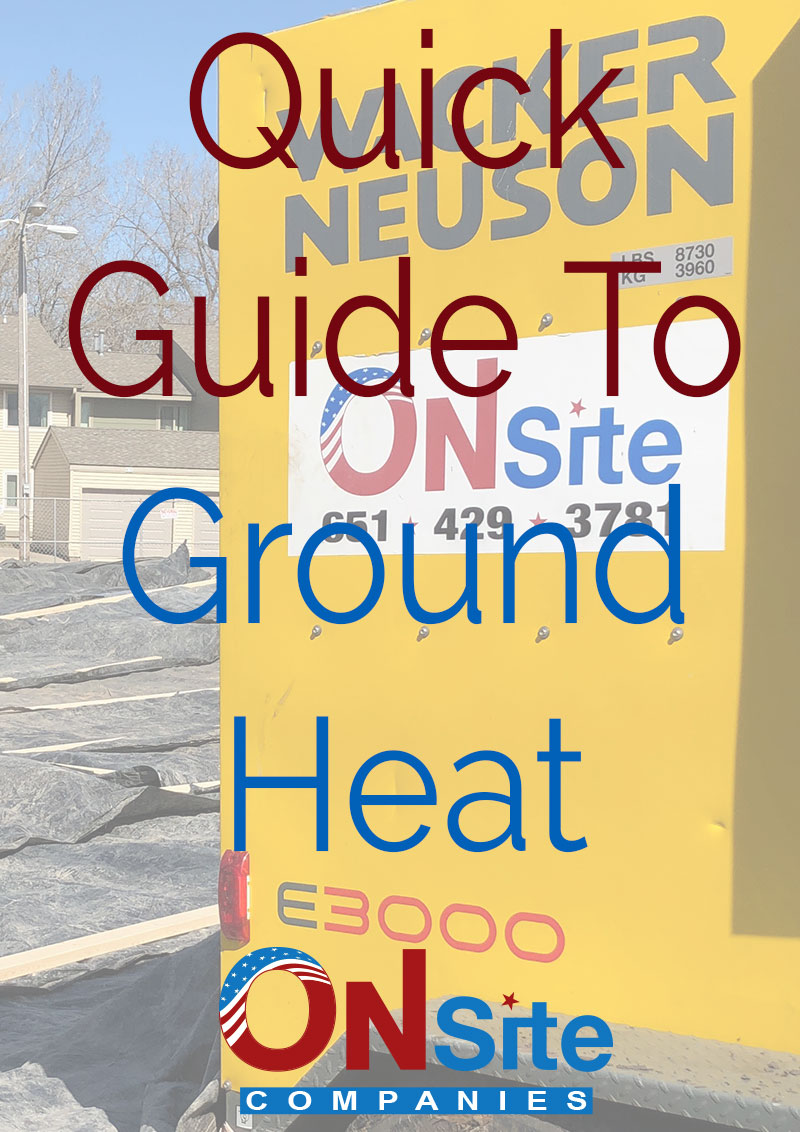A common misconception surrounding construction work is that it is a warm weather only event. In truth, there is a lot of work that can be done when the temperatures drop below freezing. And, if you add in temporary heating and ground heating, you can keep all the work going.
It’s true that frozen ground can be a serious impediment to building projects. It seems a basic law of physics, as things get colder they move slower, affects not just molecules but humans as well. As the ground freezes (ie: the molecules move slower) work can slow down too. There is an easy solution to both those problems, though. Ground heat equipment can keep your project (and team) moving.

How Ground Heat Works
Ground heat, or ground thaw if you prefer, is a fairly simple concept. Where other methods for heating areas may rely on tents, ground thaw relies on warmed liquid circulating through temporary hoses or pipes that cover an area of ground. The water is heated by a hyrdonic ground heater and pumped through the hoses.
These heaters are usually fueled by diesel. Typically, their fluid tank capacity can range from 50 gallons to more than 200 gallons. The more fluid a heater is able to hold, the more area it can heat.
The ground heater can also be used with ground thaw blankets. These “blankets” are quite different from what you have on your bed, though. They are massive tarp-like insulated sheets that can be spread over large areas. These blankets help keep the heat radiating from the hoses close to the ground, making the process far more efficient.
Ground Thaw Uses
Ground heat has a variety of uses and applications. The obvious use is for construction. With ground thaw, you can thaw the ground and keep working. There is also the advantage with ground heat being able to protect footings from frost heaving.
Ground thaw can also be used to help concrete curing. With heaters, you can achieve your required strength gain sooner by controlling the temperature. Because it is a dry heat, these heaters can help your project with avoiding water damage as well.
Beyond construction, other industries can make use of ground thaw equipment. Landscapers can get a jump start on their work with ground heaters. For agriculturists or horticulturists, ground heat can help keep plants alive for longer harvest in the fall. In the spring, plants can start their growing season on time no matter what the weather is doing with strategic ground heat.
To get expert advice and a custom quote for your project’s ground heat needs, call On Site Companies today at 800-210-8407.